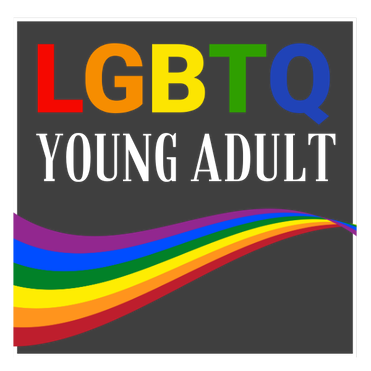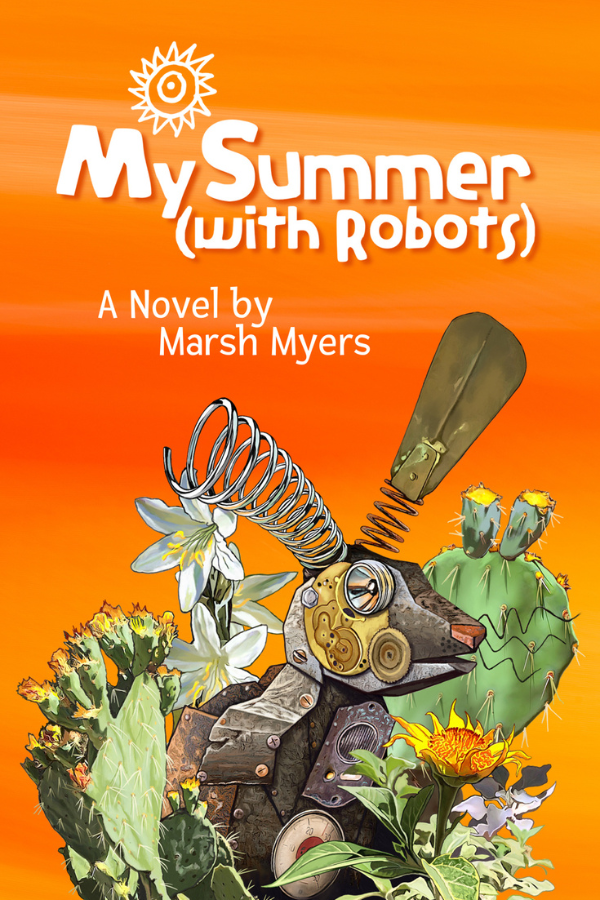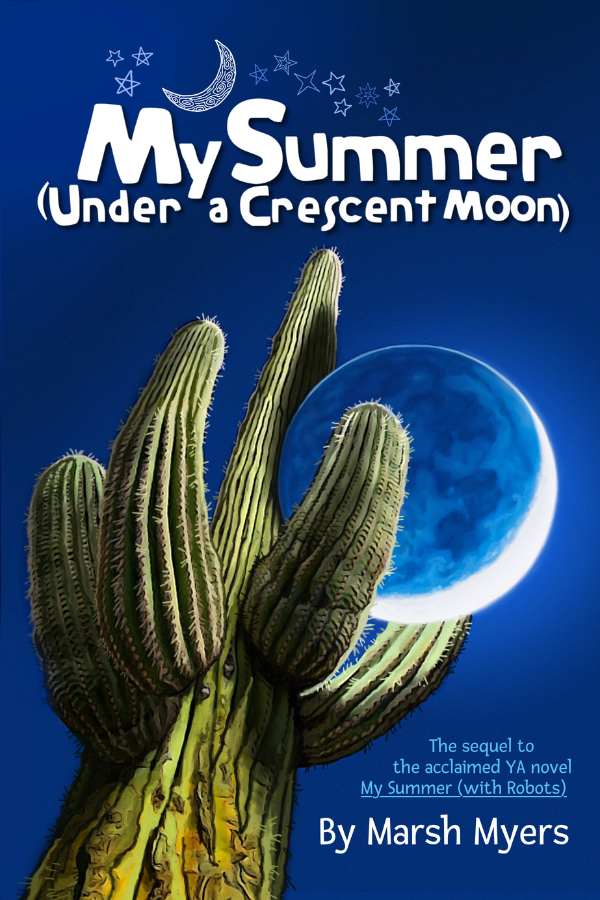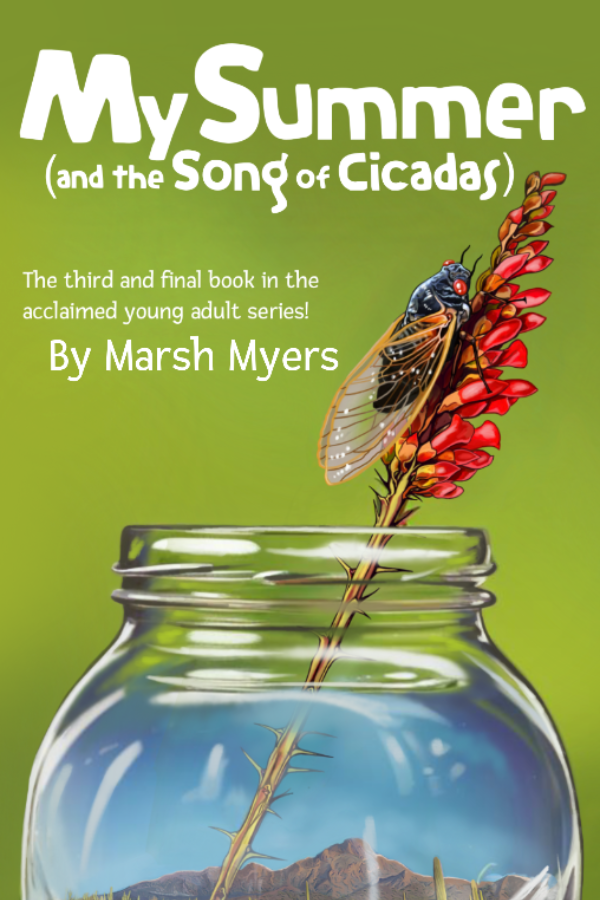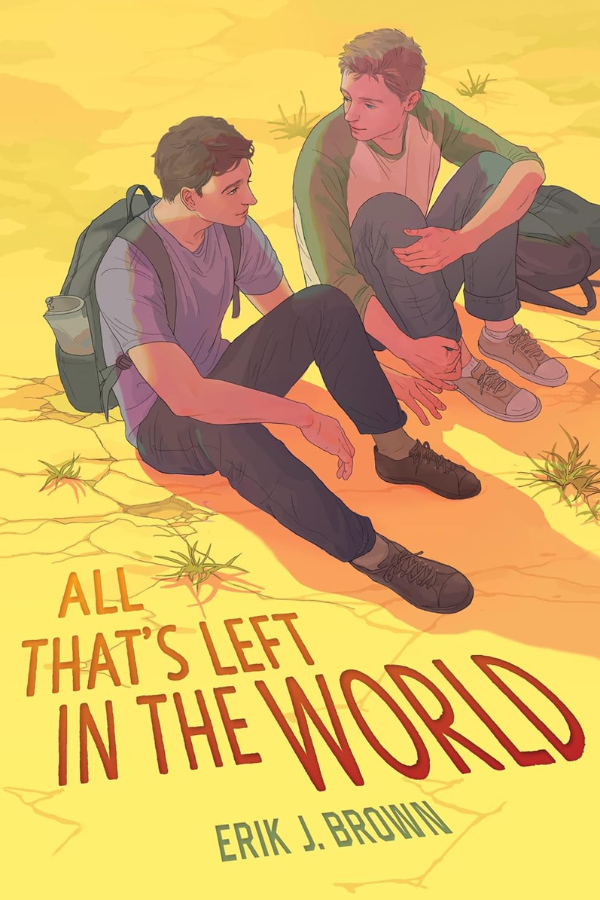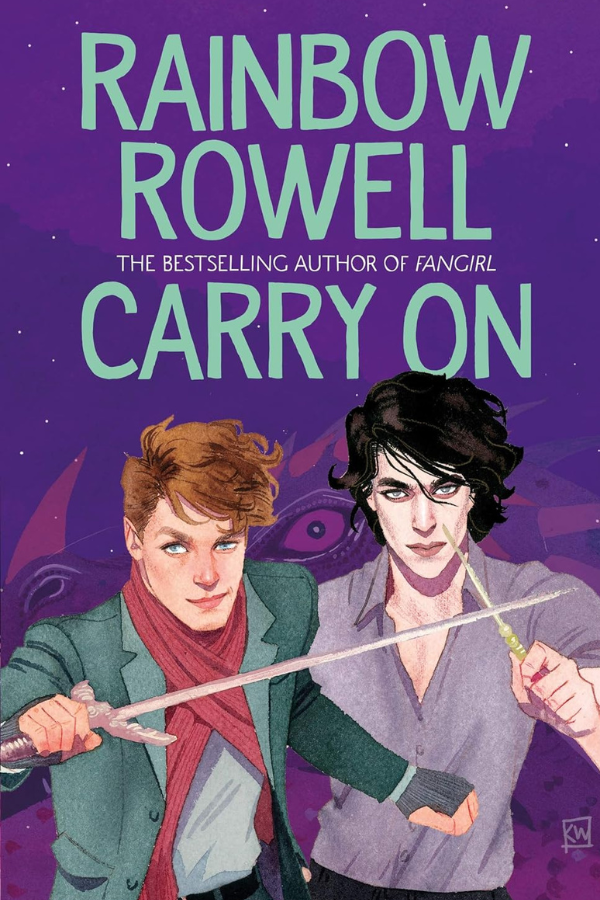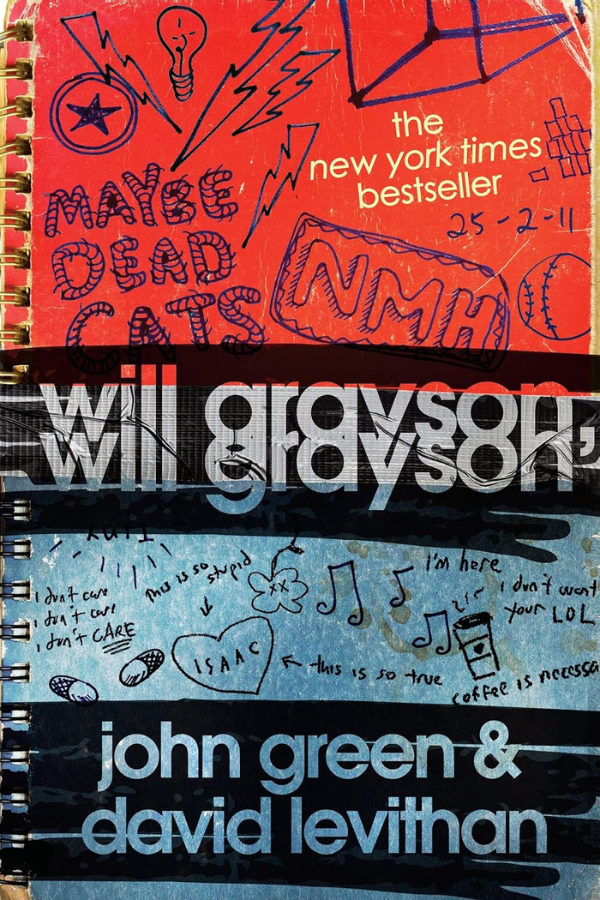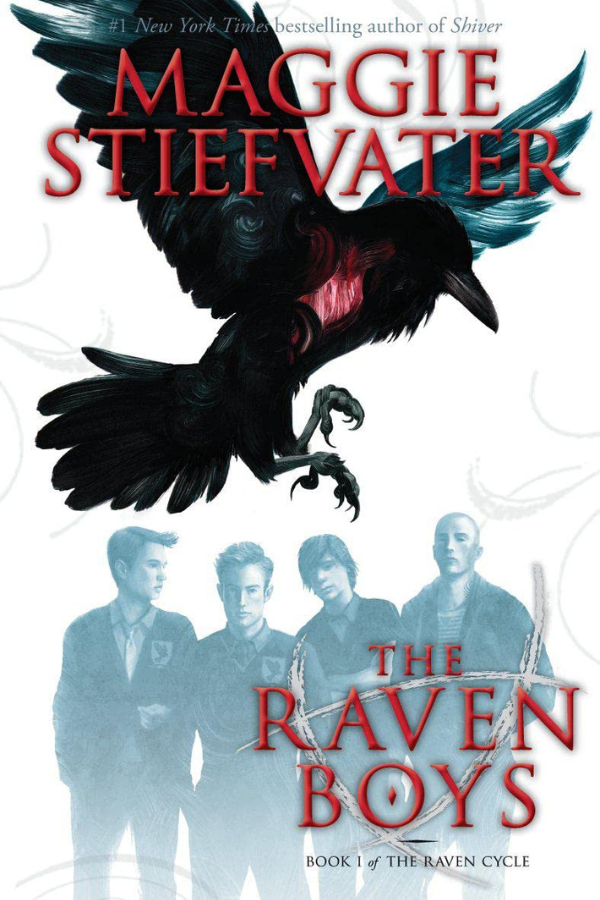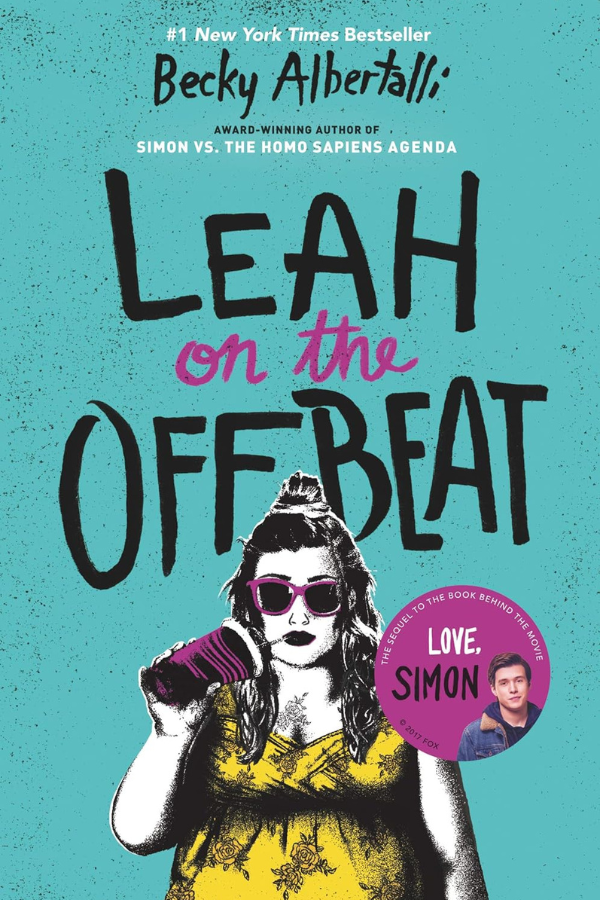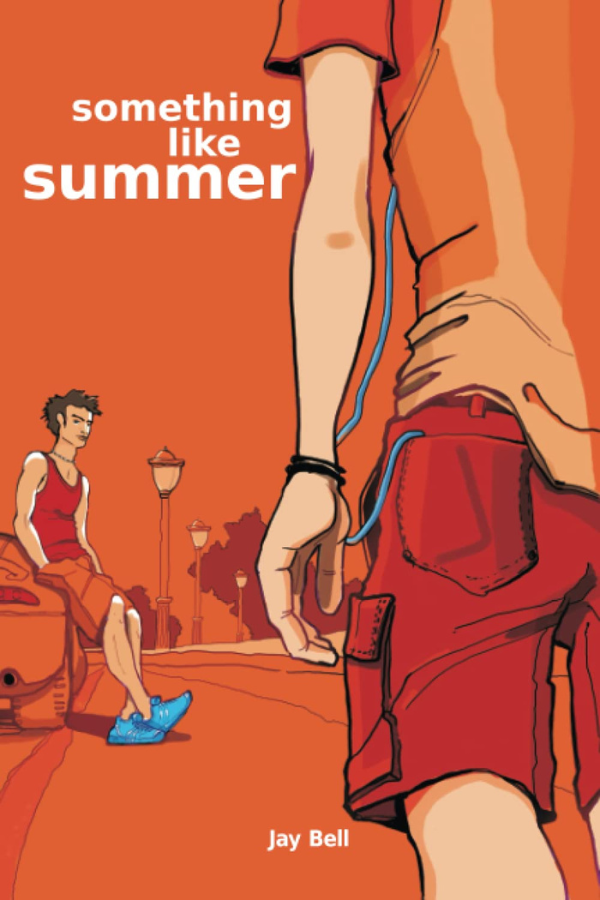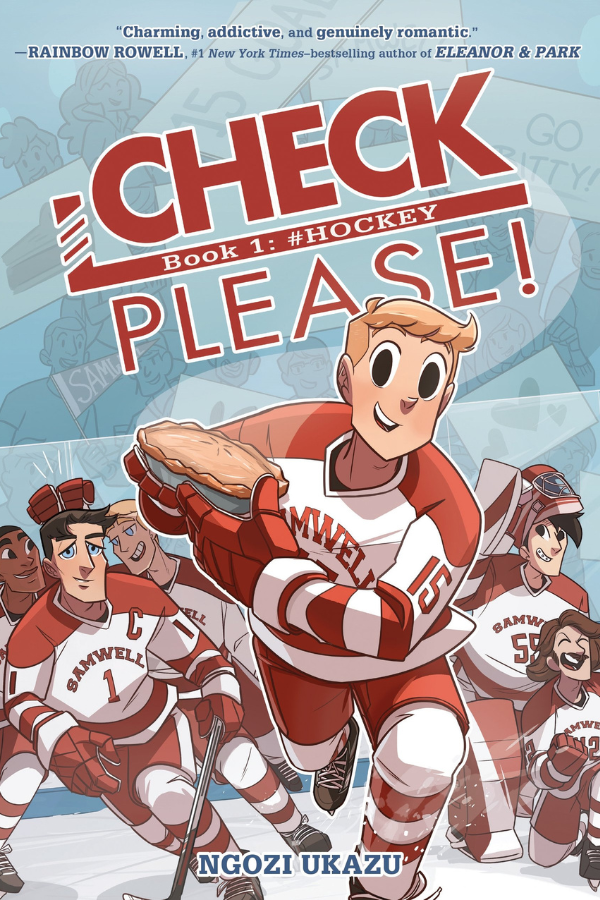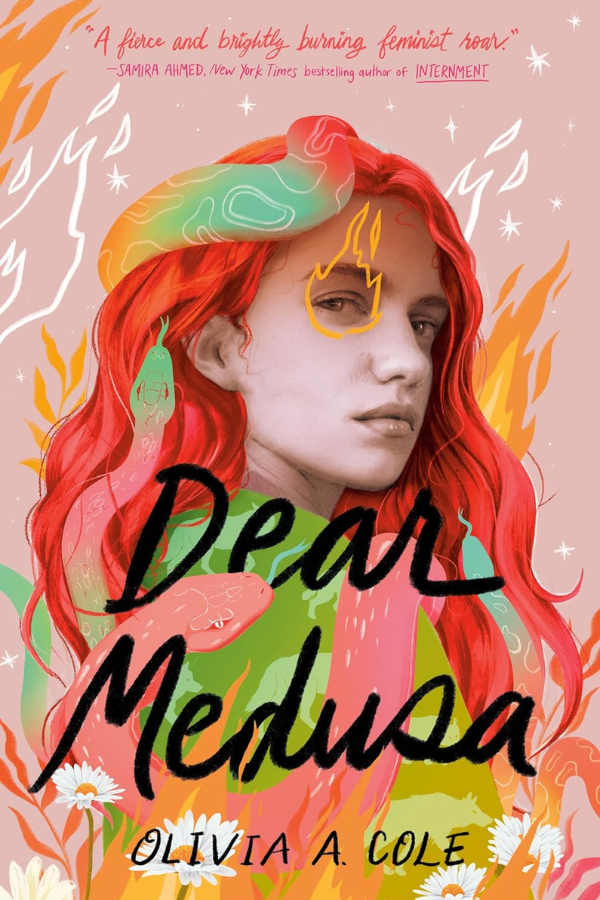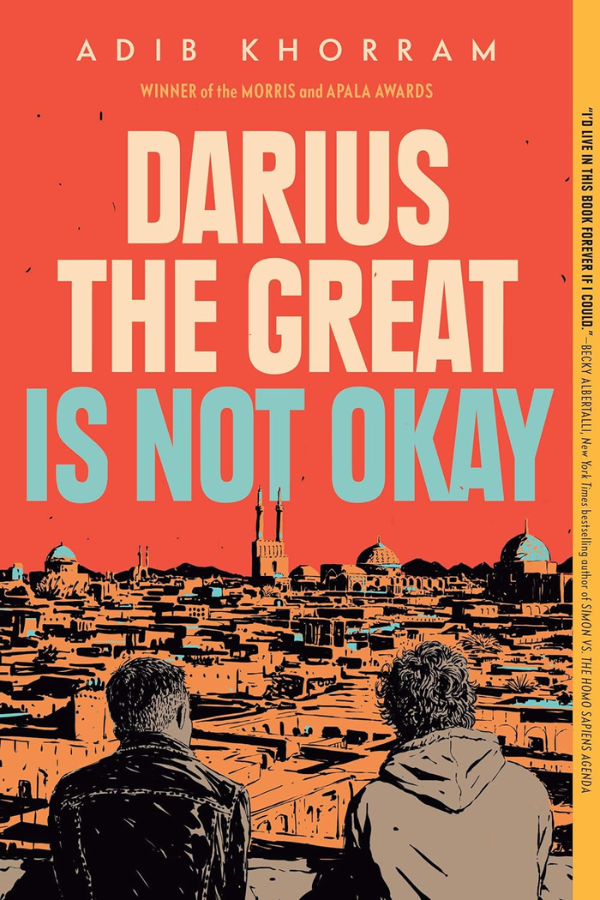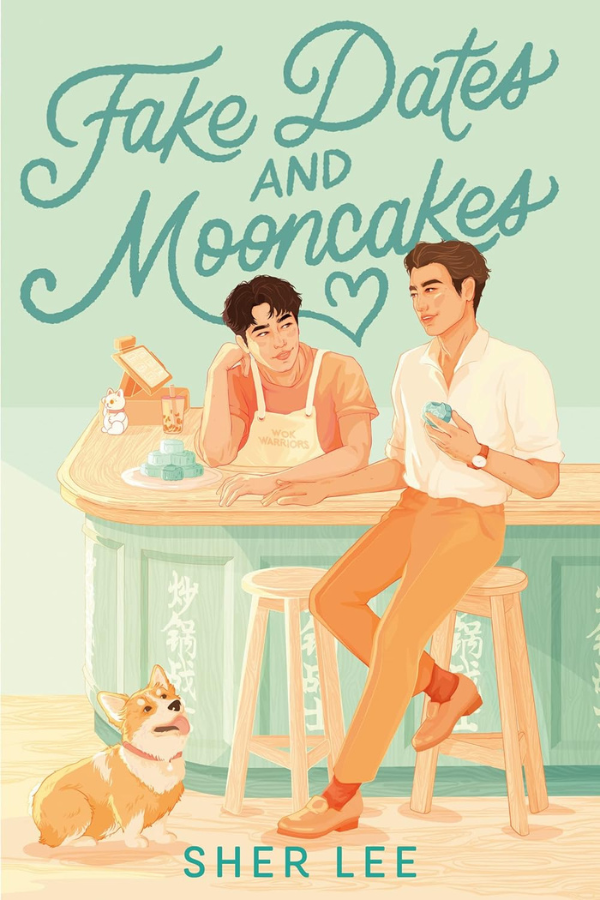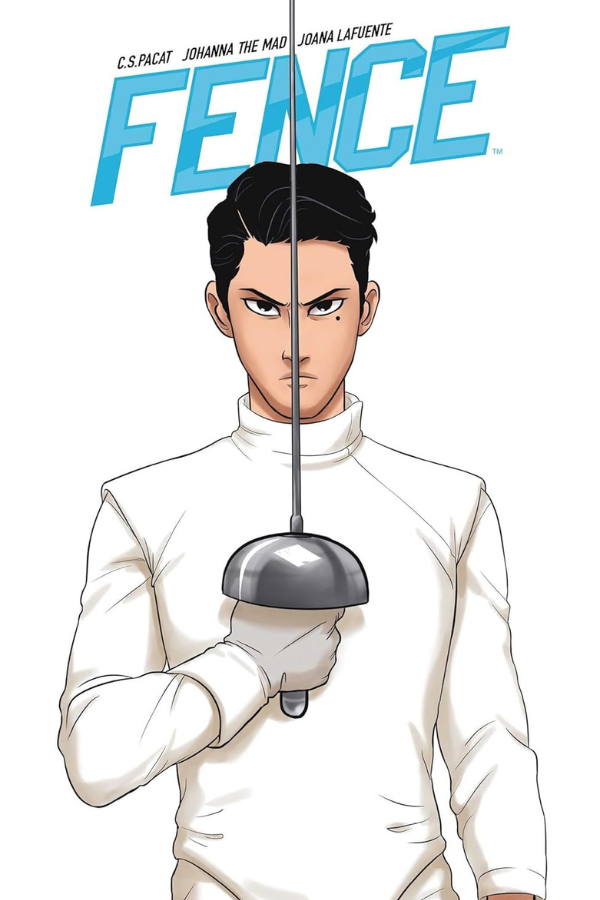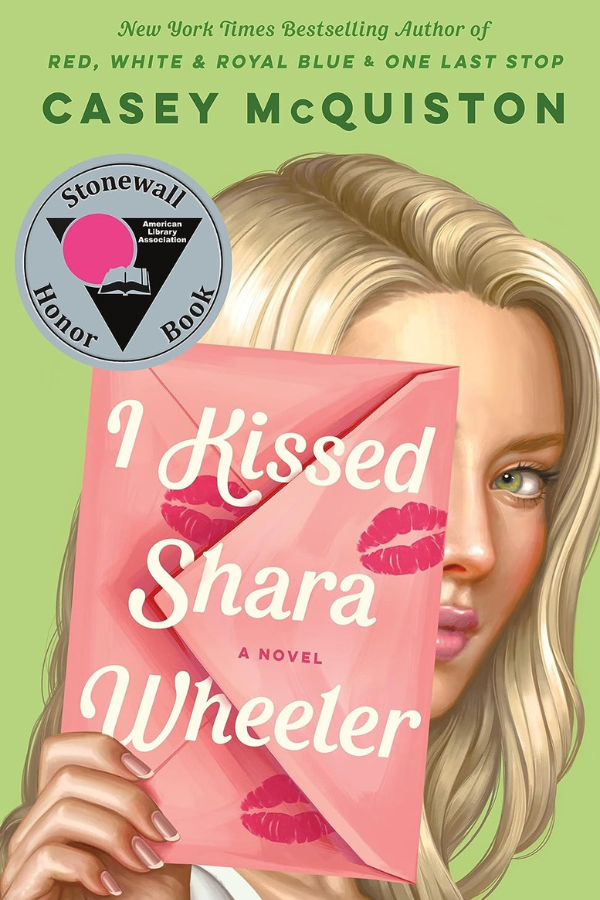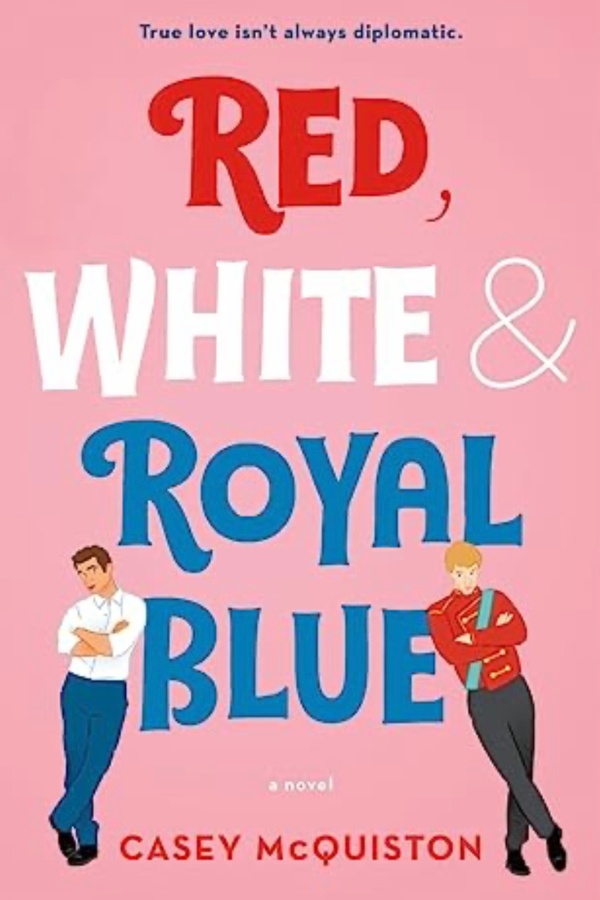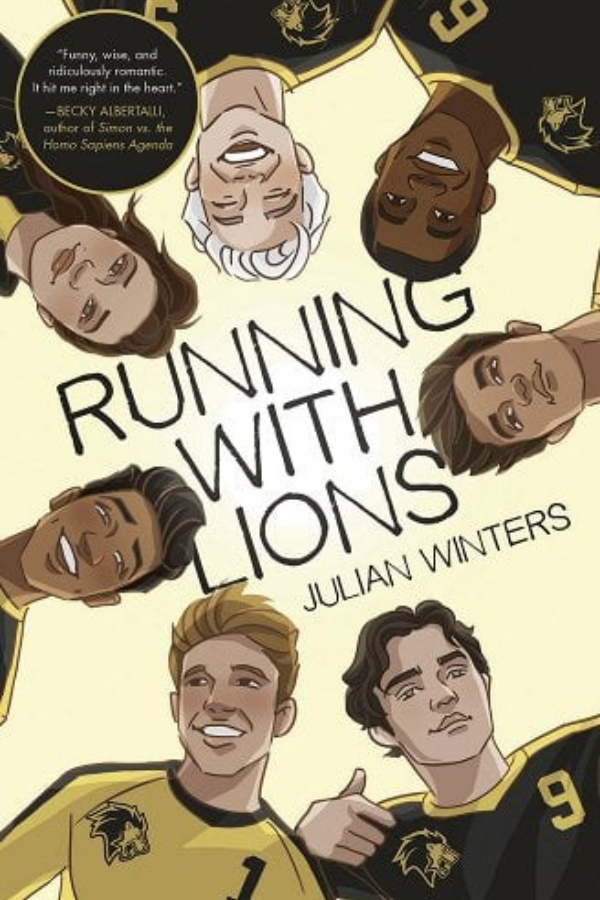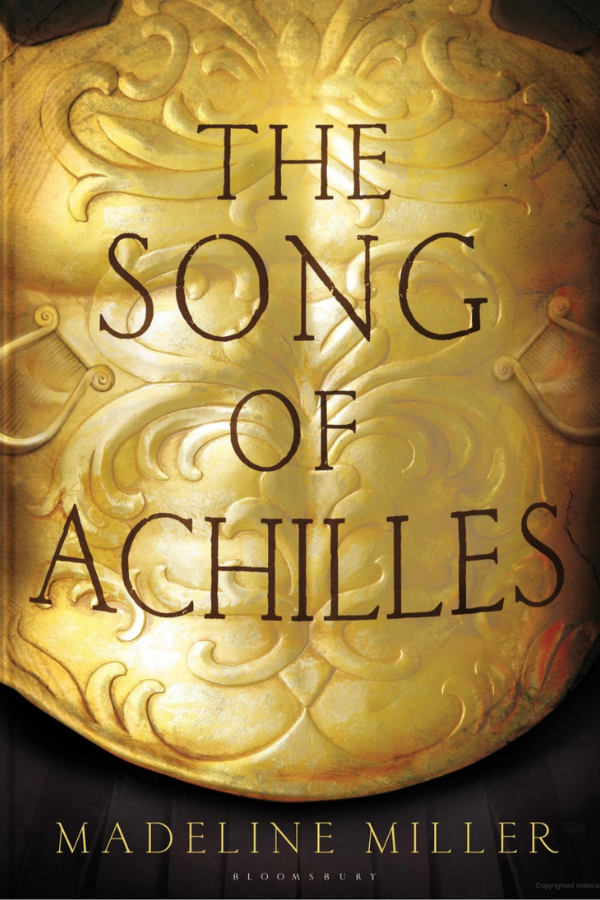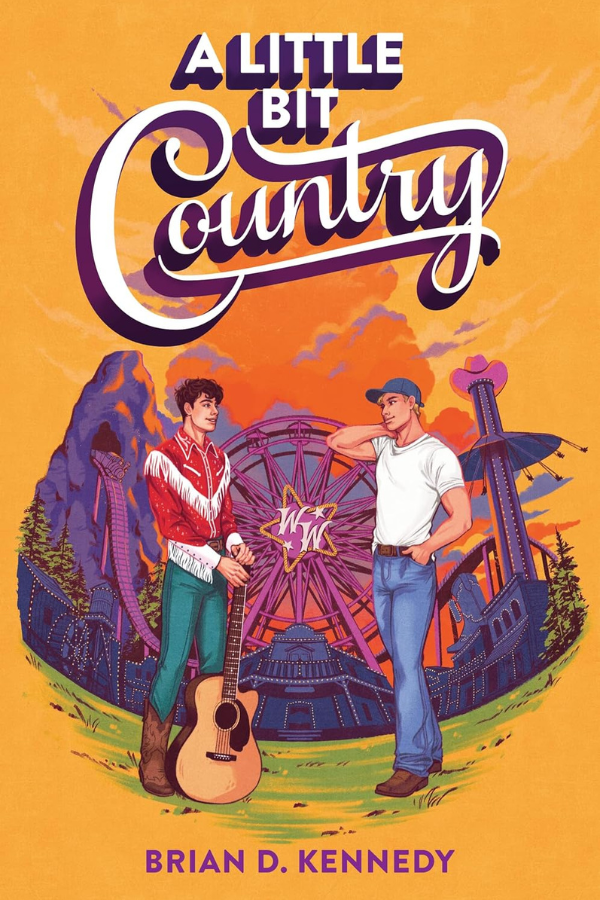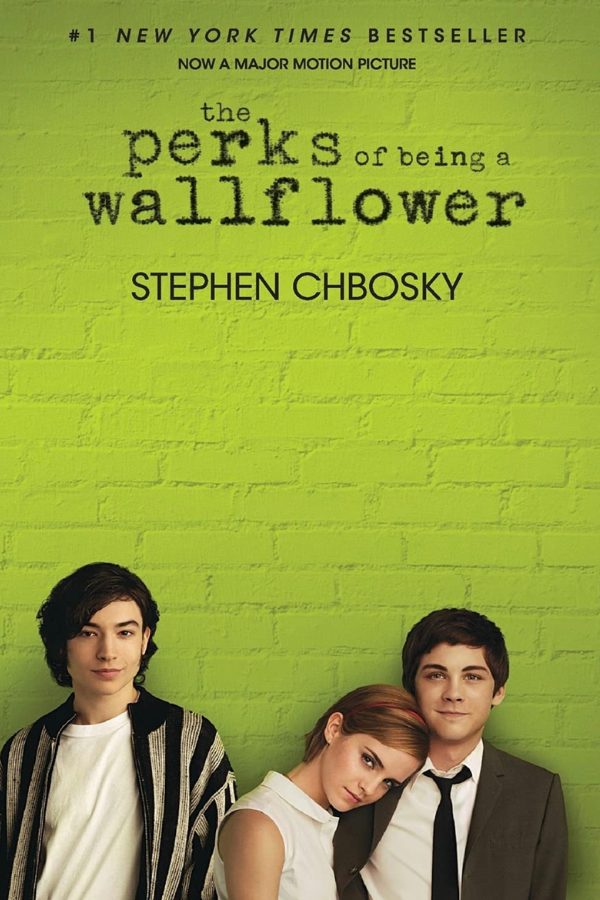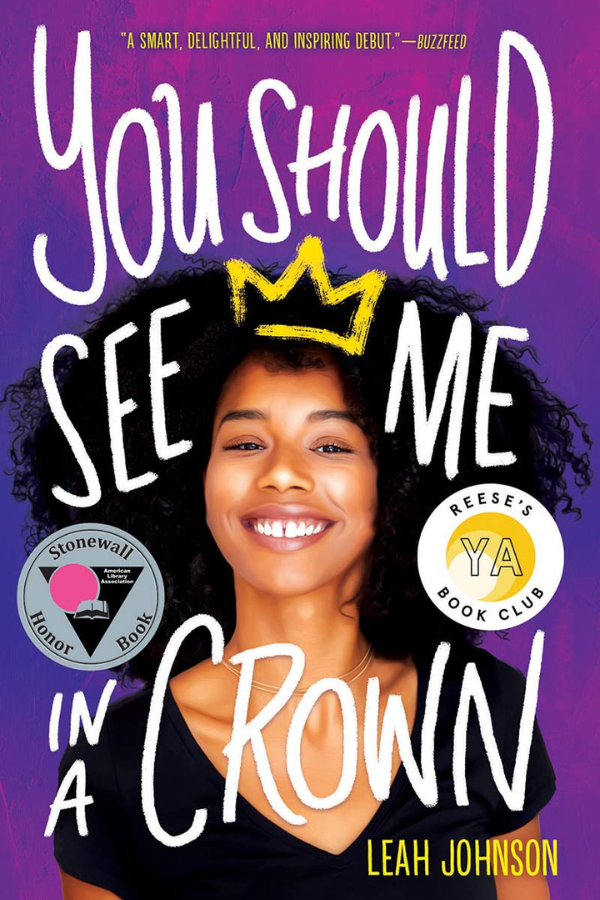<< BACK TO LAUGHING BOY BOOKS | BOOKSHOP UPDATES >>
NAVIGATE THIS PAGE: My LGBTQ Books | The First LGBTQ YA Book Is Older Than You Think | Finding Queer Characters Between the Lines | More LGBTQ YA on Bookshop >>
NAVIGATE THIS PAGE: My LGBTQ Books | The First LGBTQ YA Book Is Older Than You Think | Finding Queer Characters Between the Lines | More LGBTQ YA on Bookshop >>
MY LGBTQ YA NOVELS
Quinton's summer break before high school should be nothing but wall-to-wall fun. Instead, his best friend has stopped talking to him; his fiendish older sister has filled his head with tales of a sadistic high school ritual; and his divorced father has started dating the city's most notorious barfly. Maybe a robot rabbit and a boy from his past can help salvage his vacation.
Amazon | Bookshop
Amazon | Bookshop
Two years ago, Quinton Wyatt had the worst summer vacation of his life... but Summer Break '79 looks like a winner. Quint loves his job at a local movie theater, he adores his new baby brother, and he and T.J. Shapleigh aren't just close — they're downright inseparable. But sometimes fate, like a desert monsoon, can roar in and wash away everything.
Amazon | Bookshop
Amazon | Bookshop
It is June 1981 and Quinton Wyatt has just graduated from high school. In three months’ time, he’ll start a new adventure at an out-of-state university. That doesn’t give him much time to pack, to finalize his roommate situation, and to deal with two loves — one urging him to go, the other begging him to stay. My Summer (and the Song of Cicadas) is the third and final book in the Quinton’s Curious Mind series.
COMING IN 2024!
COMING IN 2024!
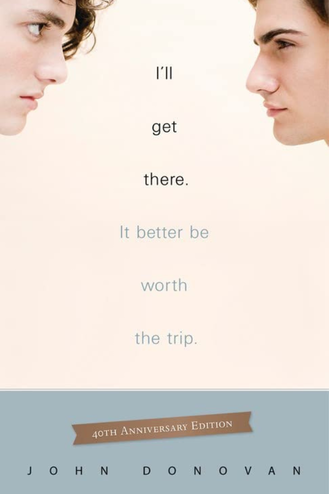
THE FIRST LGBTQ YA BOOK IS OLDER THAN YOU THINK!
We often think of LGBTQ YA literature as being a very modern phenomenon, but it roots date back over half a century. Published in 1969, I'll Get There. It Better Be Worth the Trip by John Donovan is considered the first YA book with a gay protagonist.
Davy Ross is a a lonely thirteen-year-old who moves to Manhattan to live with his estranged mother after the grandmother who raised him dies. Between alcohol-infused lectures about her self-sacrifice and awkward visits with his distant father, Davy's only comforts are his pet dog and a boy from school named Douglas Altschuler. Eventually, Davy and Douglas's relationship becomes sexual, but when his dog's hit by a car, Davy worries that it's a punishment for his homosexual feelings.
Overall, the book received positive critical reviews and even won a Newbery Award. Yet the incorporation of gay characters into YA lit was still slow in coming, with only a handful of books touching the subject over the next decade.
We often think of LGBTQ YA literature as being a very modern phenomenon, but it roots date back over half a century. Published in 1969, I'll Get There. It Better Be Worth the Trip by John Donovan is considered the first YA book with a gay protagonist.
Davy Ross is a a lonely thirteen-year-old who moves to Manhattan to live with his estranged mother after the grandmother who raised him dies. Between alcohol-infused lectures about her self-sacrifice and awkward visits with his distant father, Davy's only comforts are his pet dog and a boy from school named Douglas Altschuler. Eventually, Davy and Douglas's relationship becomes sexual, but when his dog's hit by a car, Davy worries that it's a punishment for his homosexual feelings.
Overall, the book received positive critical reviews and even won a Newbery Award. Yet the incorporation of gay characters into YA lit was still slow in coming, with only a handful of books touching the subject over the next decade.
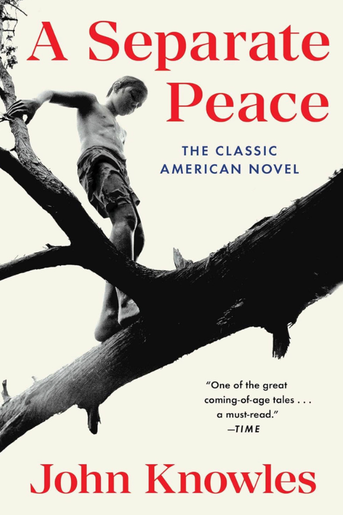
FINDING QUEER CHARACTERS BETWEEN THE LINES
Before it was acceptable to have openly gay characters in YA books, sexuality often was inferred by the reader. This may have been the closeted teen anxious to find a role model, but it might have also been a hysterical parent or a conservative school board looking for a reason to ban a certain title.
One book that has long been accused of homosexual subtext is A Separate Peace (1959) by John Knowles. Set in a prestigious New English boarding school, it features two male protagonists who are in a very enmeshed and unhealthy relationship. Studious Gene both admires and is jealous of the popular and athletic, Phineas. And their loving yet codependent relationship been interpreted as being sexual desire by some critics who likely hadn't even read the novel. Back in the 1980s, one school board called A Separate Peace "a filthy, trashy sex novel.” Yet the book contains no mention of sex or sexual desire of any flavor, and even author John Knowles insisted those themes didn't exist. "If there had been homoeroticism between Phineas and Gene, I would have put it in the book, I assure you," he stated.
Both hope and paranoia can cause a reader to "read between the lines" and A Separate Peace is still one of the most challenged books in America to this day. In fact, despite all the progress over the decades, YA books with gay LGBTQ+ are still some of the most challenged and banned in the United States and this has only become worse in recent years.
Before it was acceptable to have openly gay characters in YA books, sexuality often was inferred by the reader. This may have been the closeted teen anxious to find a role model, but it might have also been a hysterical parent or a conservative school board looking for a reason to ban a certain title.
One book that has long been accused of homosexual subtext is A Separate Peace (1959) by John Knowles. Set in a prestigious New English boarding school, it features two male protagonists who are in a very enmeshed and unhealthy relationship. Studious Gene both admires and is jealous of the popular and athletic, Phineas. And their loving yet codependent relationship been interpreted as being sexual desire by some critics who likely hadn't even read the novel. Back in the 1980s, one school board called A Separate Peace "a filthy, trashy sex novel.” Yet the book contains no mention of sex or sexual desire of any flavor, and even author John Knowles insisted those themes didn't exist. "If there had been homoeroticism between Phineas and Gene, I would have put it in the book, I assure you," he stated.
Both hope and paranoia can cause a reader to "read between the lines" and A Separate Peace is still one of the most challenged books in America to this day. In fact, despite all the progress over the decades, YA books with gay LGBTQ+ are still some of the most challenged and banned in the United States and this has only become worse in recent years.

